The Chiefs are riding an almost comical run of success, with a Super Bowl championship secured forever, their star quarterback secured for almost as long and 20 starters coming back to do it again.
But here’s one challenge that isn’t going away soon, and will never be solved perfectly:
Washington’s pending name change, announced Monday, means the Chiefs are the last NFL team whose name evokes Native American imagery, which is offensive to some in that community. Parts of the team’s game-day production are offensive to even more.
Meanwhile, the name and many of those game-day features are treasured by fans and defended by at least some Native Americans, and any major change is sure to upset a portion of the Kansas City fan base.
In other words, the charge is to find middle ground on an issue that has no apparent middle ground, and with Washington’s move it’s logical to expect at least some of that energy to come at the Chiefs.
“When you write your article you will get comments that directly contradict everything I say,” Chiefs president Mark Donovan said in a lengthy phone conversation Monday afternoon, his first public comments since Washington announced it would change its nickname.
“And they’ll have Native Americans quoted and newspaper articles and things like that that prove their point. And then hopefully you’ll see comments as well that support everything I’ve said. So, it’s a tough spot.”
The summarized version of what Donovan said: The Chiefs have and will continue to have discussions with a working group of Native Americans from the region formed seven years ago, as well as with other groups around the country about being on the right side of the boundary between appropriation and honor.
The Chiefs will announce some changes, hopefully before their first preseason game, but are still working through the details.
Also — and Donovan made versions of this point throughout our nearly hour-long talk on Monday — the Chiefs are in a different situation than Washington.
Some of that is obvious. “Redskins” — the now-former name of the team in Washington, and one that The Star and other outlets have banned except when the name itself is the story — is a dictionary-defined racial slur. “Chiefs” is not inherently offensive.
Some of this is more subtle, but perhaps even more important. Dan Snyder’s team started a foundation to support Native Americans, but its actions earned a very different reputation.
The Chiefs say they have held regular communications with Native American leaders, and have then used the feedback those conversations generated to make changes, such as enhanced education events, discouraging fans from wearing war bonnets and diminishing the role and altering the image of Warpaint, their mascot horse.
“We feel like it’s very different than in the Washington situation,” Donovan said. “There’s a lot of true equity value in the traditions and the name and the history of the Kansas City Chiefs. That’s extremely valuable not only from an economic standpoint, but with the tradition of this team.”
If you know the history of the Chiefs’ name, you can skip the next two paragraphs. The name Chiefs was officially chosen in a name-the-team contest co-sponsored by The Star in 1963 when the then-Dallas Texans moved north to Kansas City. But it had an important inside track: Team executive Jack Steadman pushed founder Lamar Hunt on the name Chiefs as a means of honoring then-KC Mayor H. Roe Bartle.
Bartle’s nickname was Chief, and it’s been reported that he was made an honorary chief by the Arapaho tribe. But looking at the logos used by the Chiefs in those early years it’s clear they branded themselves after the warring stereotype of Native Americans, and not as a politician. So, that’s the quick version.
Anyway, the Chiefs’ more modern working group formed when John Learned, a Chiefs fan and Cheyenne Arapaho, reached out to Donovan offering assistance as Washington was facing pressure to change its name.
Donovan asked Learned to create a group representing tribes from across the region. This group has met regularly with the team ever since.
Changes created out of those meetings include actively discouraging fans from wearing war bonnets (headdresses) or face-paint, education about Native American culture (particularly around a home game every November during Native American Heritage Month), and the team’s “war drum” being blessed by a tribal chief before games.
“Think about this,” Learned said. “Every time they play,we have an opportunity to talk about issues and history and culture that we want them to hear. And that’s what the Chiefs have allowed us to do.”
Donovan said that no members of the working group have pushed for the team to change its name or that of Arrowhead Stadium, but he acknowledged that he could be criticized for stacking the deck — “Yes, absolutely,” he said, “and I appreciate that.”
To that point, Gaylene Crouser, executive director of the Kansas City Indian Center, sent a statement to The Star that read in part:
“(T)he stereotypes, imagery and behavior associated with American Indian mascots generally, and the Kansas City Chiefs specifically, including wearing feather headdresses, the tomahawk chop, etc., are not empowering. Our organization, therefore, opposes the use of American Indians as mascots, and the associated imagery, negative stereotypes and behaviors.”
In an interview with NPR before Super Bowl LIV, Kevin Allis, CEO of the National Congress of American Indians, said: “When you see this on TV or in person, this distortion in kind of dehumanizing imagery has lasting negative impacts for us.”
Mark Trahant, editor of Indian Country Today, said the most reliable polls show around 70 percent of Native Americans are offended when their imagery is associated with sports teams.
“I think you just have to move on,” Trahant said.
Trahant is among those who see the Golden State Warriors as a potential template for the Chiefs. The Warriors evolved their logo from a smiling caricature of a Native American in the 1950s to a war bonnet in the 1960s to geographical markers that include the state of California and the Bay Bridge.
It’s an interesting point, particularly as the Chiefs believe that’s what they’re doing. Perhaps not so plainly — there’s no indication that the logo might change from the “KC” inside the arrowhead — but still substantially.
Learned said he believed the Chiefs’ new policies will include a ban on war bonnets in the stadium, but Donovan said the team is trying to determine what it can do legally.
A Native American named Bob Johnson used to ride Warpaint before games at the stadium. He would be dressed in a war bonnet, with warpaint on his face. Johnson, incidentally, legally changed his middle name to Warpaint to win a local election.
The Chiefs slowly transitioned away from that, with a horse most recently ridden by a cheerleader dressed as a cowgirl. That’s another pre-game feature that Donovan mentioned as a potential change.
The Chop, then, would be at the center of the rest of the debate.
“It’s probably the part that’s had the most support as much as resistance, if that makes sense,” Donovan said. “There hasn’t been a lot of support for, ‘We’ve got to keep headdresses.’ That’s not what we’ve heard. With the chop, we’ve heard much more, ‘Here’s the reasons it should stay,’ in support of keeping it.
“Now, we’ve also heard it’s something that some can view as offensive. So that’s something we’ve got to look at.”
Learned — who is not offended by the chop, and doesn’t believe it needs to be changed — suggested fans could motion their right arms out from their left shoulders, which is sign language for “tomahawk.” Maybe instead of chopping, fans could howl like wolves.
Other ideas have included closing the fist instead of using an open palm — so, banging the drum instead of chopping. There are alternatives.
But would any of that soften those who find The Chop offensive?
The Chiefs tried to eliminate The Chop once, in the 1990s. The decision was reversed almost immediately after overwhelming negative responses from fans. That’s a long time ago, of course, and times change.
But particularly with fans’ passion at an all-time high after their Super Bowl win, the Chiefs would expect the elimination of The Chop to produce another emotional pushback from at least a large chunk of the fan base.
The Chiefs are moving in the direction of the Warriors, though with a pace that’s decades behind. Washington’s change makes the Chiefs the last NFL team standing, so there is no longer the cover of a worse offender.
The Cleveland Indians, Chicago Blackhawks and Atlanta Braves are managing their own versions of this debate, and along with the Chiefs are consulting each other occasionally. But in America’s biggest sports league, this is now the Chiefs’ issue alone.
They’ve done seven years of homework for this test. The unspoken challenge is to honor a group of people the team knows feels offended while protecting a brand that the team can now see was built in ways that offended.
In other words, Donovan and the Chiefs have to get this question right: In five years, or 10 or 20, will a critical mass of people view The Chop or even the name Chiefs the way we now view that plainly awful logo of a bare-chested Native American in a headdress and loin cloth raising a tomahawk with his right hand and carrying a football with his left?
The Chiefs are listening. They are working. This is modern self-preservation, and the current demand to end up on the right side of history.
___
(c)2020 The Kansas City Star (Kansas City, Mo.)
Visit The Kansas City Star (Kansas City, Mo.) at www.kansascity.com
Distributed by Tribune Content Agency, LLC.
—-
This content is published through a licensing agreement with Acquire Media using its NewsEdge technology.



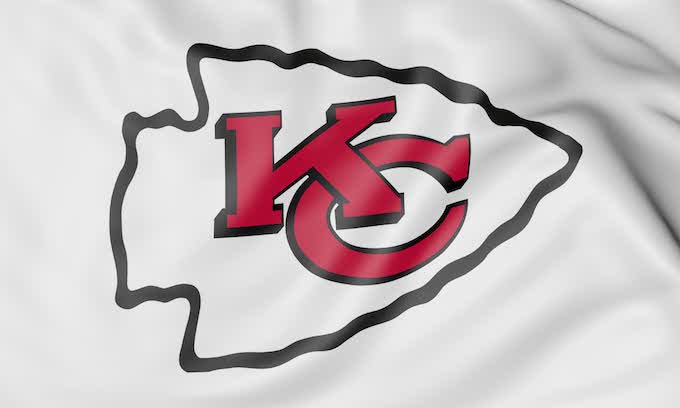
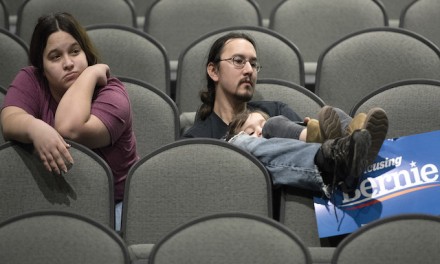
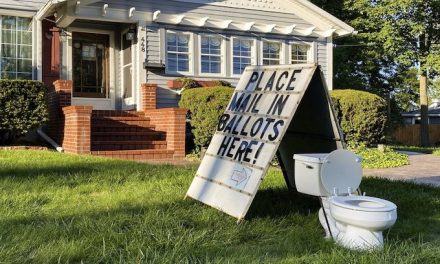
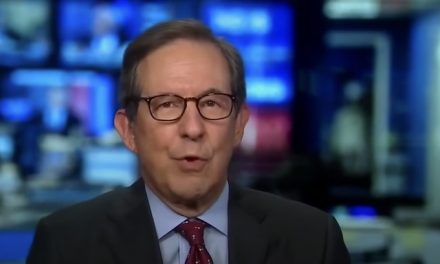
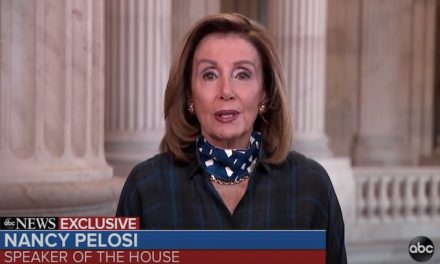








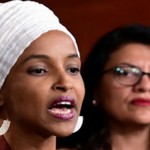
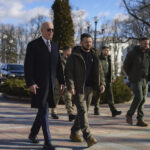

Recent Comments